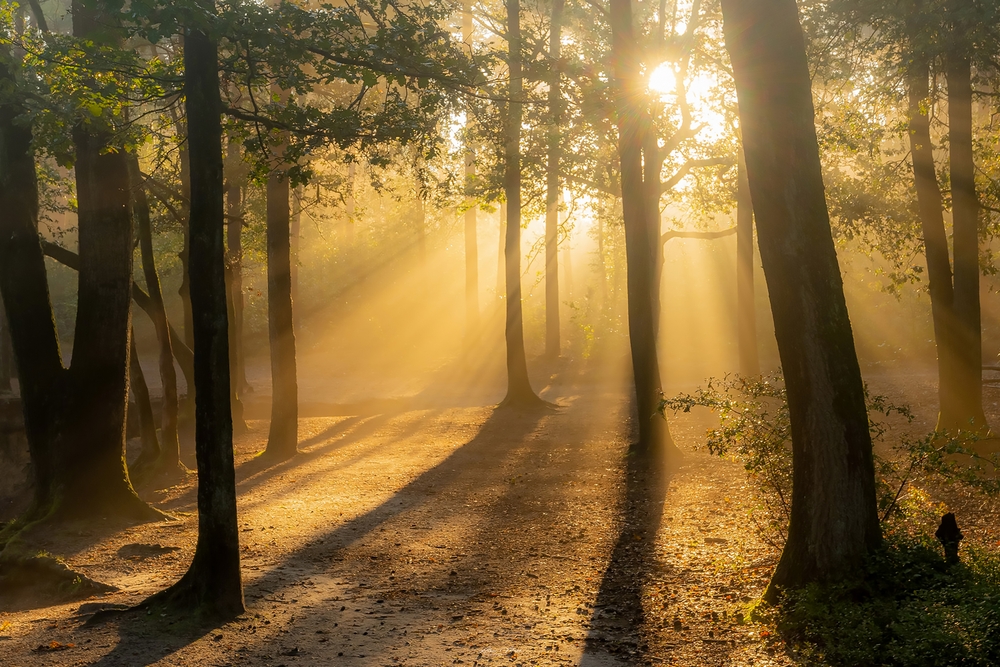Patuca Overview
Patuca National Park, known locally as Parque Nacional Patuca, is one of the largest protected areas in Honduras, covering approximately 1,295 square miles (3,354 square kilometers). Situated in the eastern region of the country, the park spans across the departments of Olancho, Gracias a Dios, and El Paraíso.
It forms a crucial part of the Mesoamerican Biological Corridor, which connects the rainforests of Central America and provides a vast, uninterrupted habitat for countless species. The Patuca River, one of Honduras’ longest and most significant waterways, flows through the park, shaping much of its unique ecosystem.
The terrain of Patuca National Park is characterized by dense tropical rainforests, winding rivers, and rolling hills. The park’s landscape transitions from lowland jungle to rugged mountainous areas, with elevations that create diverse microclimates.
The lush forests are dominated by towering mahogany, cedar, and ceiba trees, while thick undergrowth consists of ferns, bromeliads, and orchids. Wetlands and riverine habitats thrive along the banks of the Patuca River and its tributaries, providing essential resources for both wildlife and local communities. Seasonal flooding plays a vital role in maintaining the rich biodiversity of the area.
Wildlife within Patuca National Park is abundant, with an extraordinary variety of species making their home in its vast wilderness. Jaguars and pumas are among the most elusive yet awe-inspiring predators that roam the dense forest. Smaller mammals such as ocelots, tapirs, and anteaters are also common throughout the park. The park is a haven for primates, including howler monkeys and white-faced capuchins, whose calls echo through the trees.
Birdwatchers can expect to see vibrant species like the scarlet macaw, keel-billed toucan, and harpy eagle, one of the most powerful birds of prey in the world. The waterways and wetlands support diverse amphibians, reptiles, and freshwater fish, making the ecosystem particularly dynamic.
One of the most notable features of Patuca National Park is its pristine, remote wilderness, which has allowed it to maintain its ecological integrity despite increasing human encroachment. The Patuca River serves as a lifeline for the park, attracting visitors who seek adventure and tranquility within its scenic waterways.
The region’s indigenous groups, such as the Tawahka and Pech peoples, continue to live in and around the park, maintaining traditional ways of life that are deeply connected to the land. Their presence adds cultural significance to the park, with opportunities for visitors to learn about their customs, sustainable practices, and deep knowledge of the rainforest.
Visitors can experience Patuca National Park through activities such as river expeditions, wildlife observation, and hiking. Canoeing or kayaking along the Patuca River offers an immersive way to explore the park’s landscapes while encountering a variety of bird species and aquatic life.
Guided jungle treks lead adventurers through the dense forest, providing glimpses of rare wildlife and stunning scenery. Cultural experiences, including visits to indigenous communities, allow travelers to gain insight into the region’s history and traditions.
Conservation efforts in Patuca National Park face ongoing challenges, particularly from deforestation, illegal logging, and land conversion for agriculture. Encroachment by cattle ranching and infrastructure projects has led to habitat loss, threatening the park’s delicate ecosystems.
However, conservation organizations and local communities have made strides in protecting the park, promoting sustainable development, and implementing reforestation initiatives. Patuca National Park remains a crucial stronghold for biodiversity in Honduras, and continued conservation efforts are essential to preserving its rich natural heritage for future generations.
Park Map
Patuca National Park Highlights
Share your clicks with us
Related National Parks More Honduras

Omoa National Park

Montaña Santa Bárbara National Park

La Muralla National Park

Nombre de Dios National Park

Montaña de Botaderos Carlos Escaleras Mejía National Park

Montaña de Comayagua National Park

Montaña de Yoro National Park

Jeannette Kawas National Park

La Tigra National Park










































































